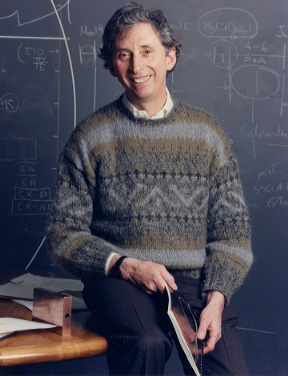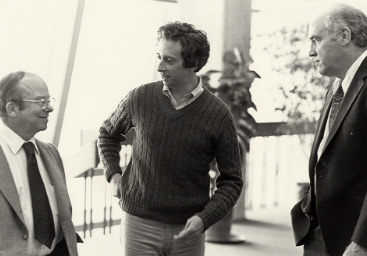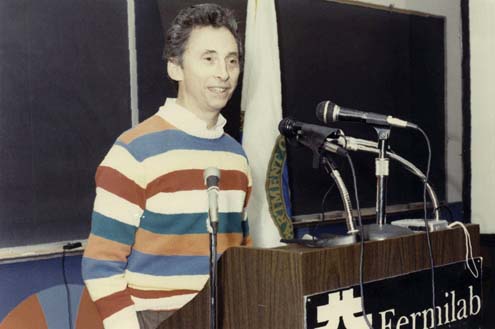John Peoples, Jr. Biography
John Peoples, Jr. became director of Fermilab in 1989 after scientific, technical and managerial successes among the ranks of Fermilab's first generation of research users. Peoples' physics pursuits at Nevis and Brookhaven Laboratories, and at Columbia and Cornell Universities, brought him to NAL in 1971, where he has remained for his exciting and productive career.
Earning a reputation as a strong leader of the Research and Accelerator Divisions, and manager of the scheme for production and accumulation of antiprotons in the Tevatron, John contributed to Fermilab's emergence as the world's foremost center for high energy physics.
Following a year of interlaboratory cooperation assisting the Central Design Group for the Superconducting Super Collider (SSC) at Lawrence Berkeley Laboratory in 1987-88, John returned to Fermilab as deputy director in the fall of 1988 and assumed the director's post on July 1, 1989. This was a time of transition for the Lab due to the pending construction of the SSC. Fermilab faced an uncertain future and its role at the frontier needed clarification. As director, John took up the banner to upgrade the Tevatron with the Main Injector and began to build local, state and federal support for Fermilab's future.
After Congress' cancellation of the SSC in Texas in late 1993, John was asked by URA to direct its shutdown. He returned to Fermilab full-time in September 1994 just as evidence for the discovery of the top quark was revealed.
From 1993 to 1997 John was Chairman of the International Committee for Future Accelerators (ICFA) which marshaled the support of the world high energy physics community for the construction of the Large Hadron Collider at CERN in the aftermath of the SSC termination.
Stepping down as Laboratory Director in June 1999, John's research interests steered him into the experimental astrophysics domain. He was director of the Sloan Digital Sky Survey from June 1998 to June 2003. He passed away in 2025.





